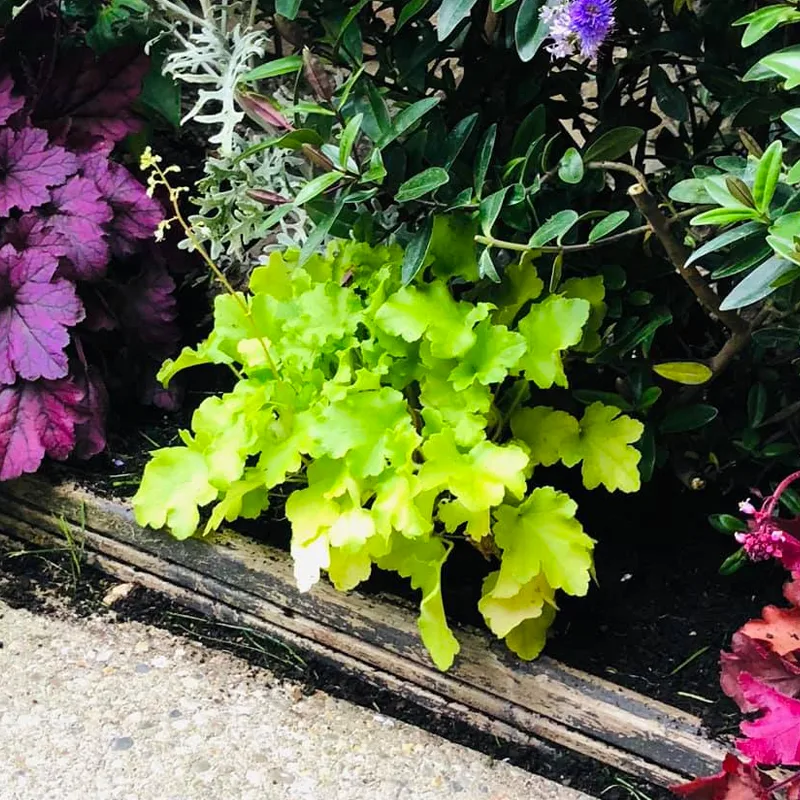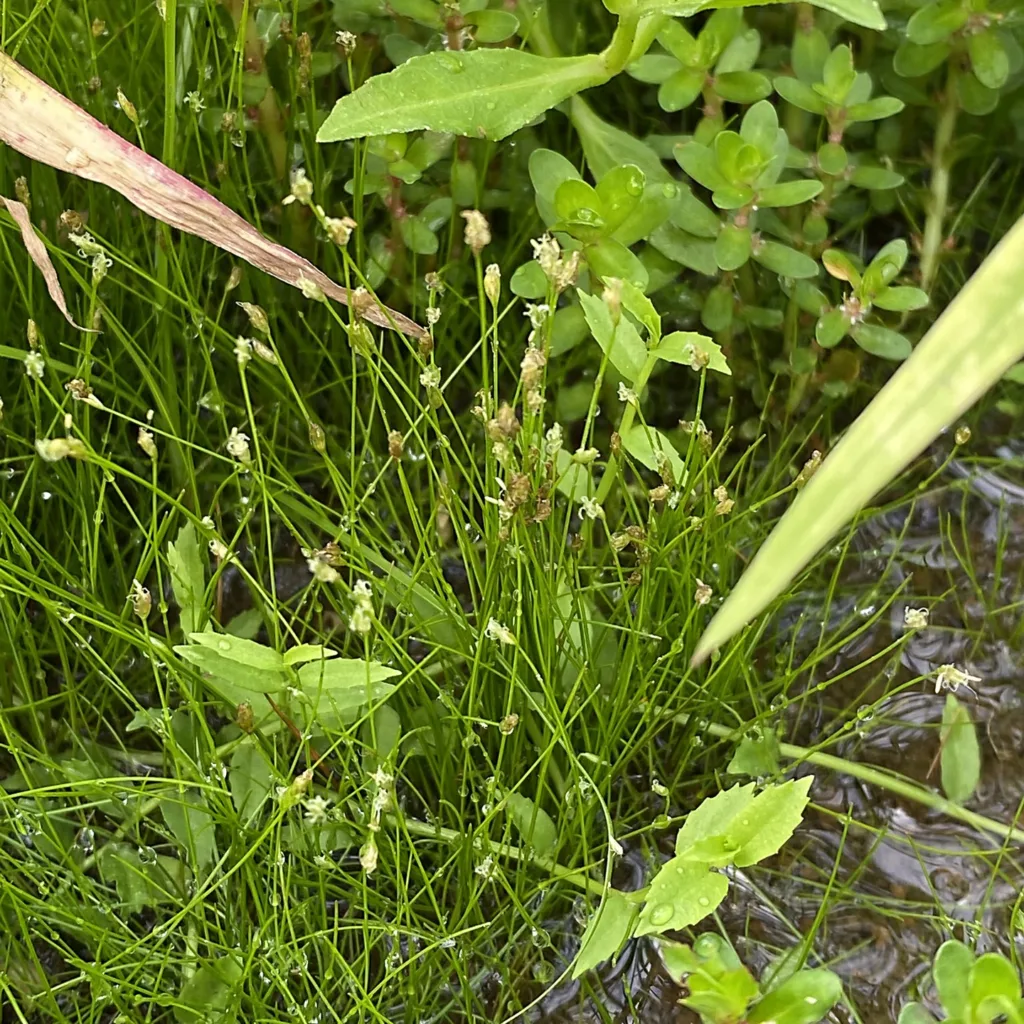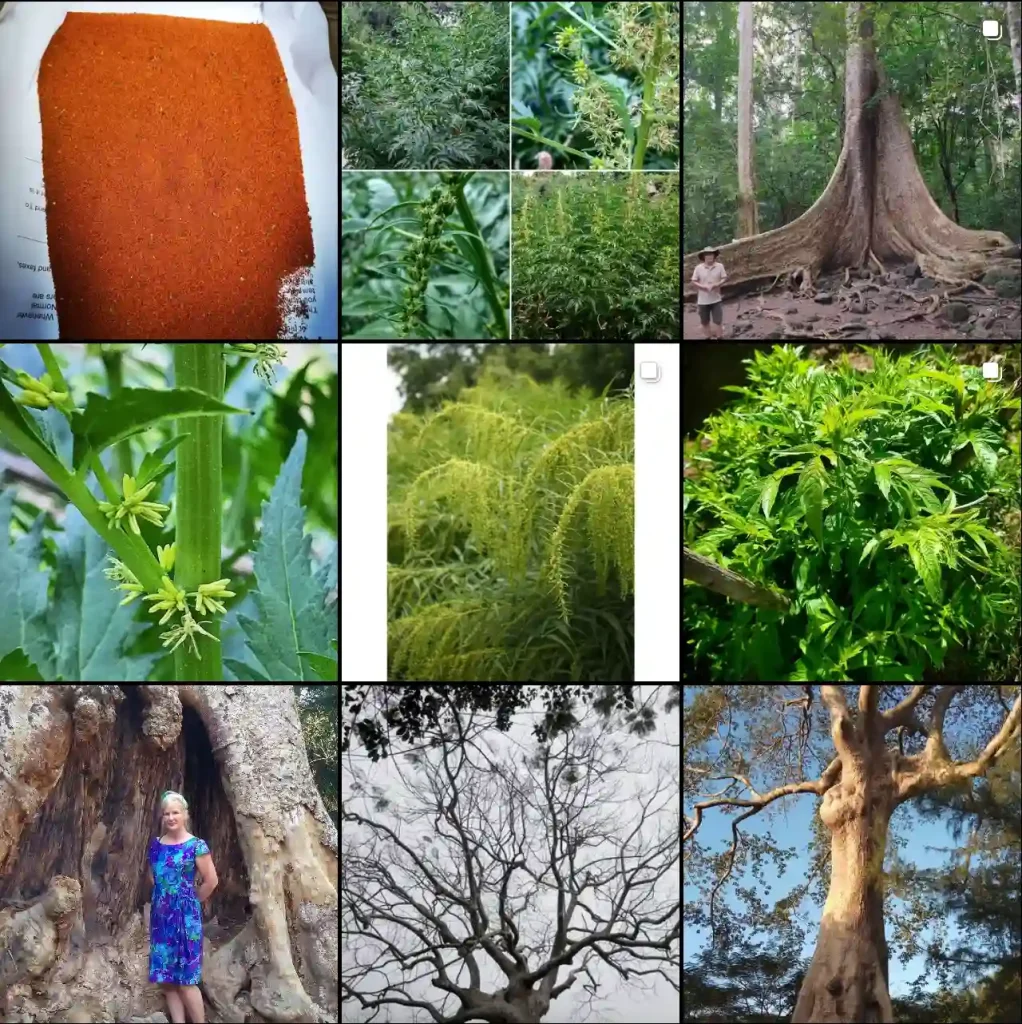Dianella: A Gardener’s Delight
I’ve always been drawn to the subtle beauty of native Australian plants, and the Dianella genus from the Asphodelaceae family, with its strappy foliage and vibrant berries, has a special place in my heart. Commonly known as flax lilies, these evergreen perennials bring a touch of understated elegance to any garden. Their hardiness, combined with their attractive form and color, makes them a favorite for both novice and experienced gardeners alike.
Discovering the Diversity of Dianella
What fascinates me most about Dianella is the sheer diversity within the genus. While they share common features like the characteristic sword-shaped leaves and blue to purple flowers, each species boasts unique qualities. Here are:
- Dianella acutifolia Schlittler
- Dianella adenanthera (G.Forst.) R.J.F.Hend.
- Dianella amoena G.W.Carr & P.F.Horsfall
- Dianella atraxis R.J.F.Hend.
- Dianella bambusifolia Hallier f.
- Dianella brevicaulis (Ostenf.) G.W.Carr & P.F.Horsfall
- Dianella brevipedunculata R.J.F.Hend.
- Dianella caerulea Sims Plant FAQs: Dianella Caerulea – Blue Flax Lily
- Dianella callicarpa G.W.Carr & P.F.Horsfall
- Dianella carolinensis Lauterb.
- Dianella congesta R.Br.
- Dianella crinoides R.J.F.Hend.
- Dianella daenikeri Schlittler
- Dianella dentata Schlittler
- Dianella ensifolia (L.) Redouté
- Dianella fruticans R.J.F.Hend.
- Dianella haematica Heenan & de Lange
- Dianella incollata R.J.F.Hend.
- Dianella intermedia Endl.
- Dianella latissima Heenan & de Lange
- Dianella lignosa R.L.Barrett & M.D.Barrett
- Dianella longifolia R.Br.
- Dianella monophylla Hallier f.
- Dianella nervosa R.J.F.Hend.
- Dianella nigra Colenso
- Dianella odorata Blume
- Dianella pavopennacea R.J.F.Hend.
- Dianella pendula Schlittler
- Dianella plicata Schlittler
- Dianella porracea (R.J.F.Hend.) Horsfall & G.W.Carr
- Dianella prunina R.J.F.Hend.
- Dianella rara R.Br.
- Dianella revoluta R.Br.
- Dianella saffordiana Fosberg & Sachet
- Dianella sandwicensis Hook. & Arn.
- Dianella serrulata Hallier f.
- Dianella stipitata Schlittler
- Dianella tarda Horsfall & G.W.Carr
- Dianella tasmanica Hook.f. Plant FAQs: Dianella Tasmanica – Flax Lily Plant
- Dianella tenuissima G.W.Carr
Why I Choose Dianella
Beyond their aesthetic appeal, I find Dianella incredibly easy to work with. They tolerate a wide range of conditions, from full sun to partial shade, and once established, they require minimal watering. This makes them a perfect choice for busy gardeners or those looking for low-maintenance options.
I also appreciate their versatility in the landscape. Dianella can be used as a feature plant, in borders, as a ground cover, or even in pots. Their contrasting foliage and berries create visual interest, and they pair beautifully with other natives like grasses and Grevilleas.
More Than Just a Pretty Face
But Dianella offers more than just good looks. They play a vital role in the ecosystem, providing habitat and food sources for native wildlife. Birds are particularly fond of their juicy berries, and the dense foliage offers shelter for small creatures. It’s rewarding to know that by incorporating Dianella into my garden, I’m contributing to the local biodiversity.
Furthermore, these plants are incredibly sustainable. They require minimal resources and are relatively pest and disease resistant. In a world where we are increasingly conscious of our environmental impact, choosing plants like Dianella is a step towards a more sustainable gardening practice.
My Ongoing Dianella Journey
My fascination with Dianella continues to grow. I’m always on the lookout for new species and cultivars to add to my collection. I enjoy experimenting with different planting combinations and observing how they interact with other elements in my garden.
Whether it’s the vibrant blue of Dianella caerulea or the graceful foliage of Dianella longifolia, there’s a Dianella out there for every garden and every gardener. I encourage you to explore this wonderful genus and discover its beauty for yourself.
If i die, water my plants!



